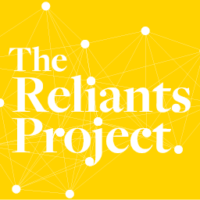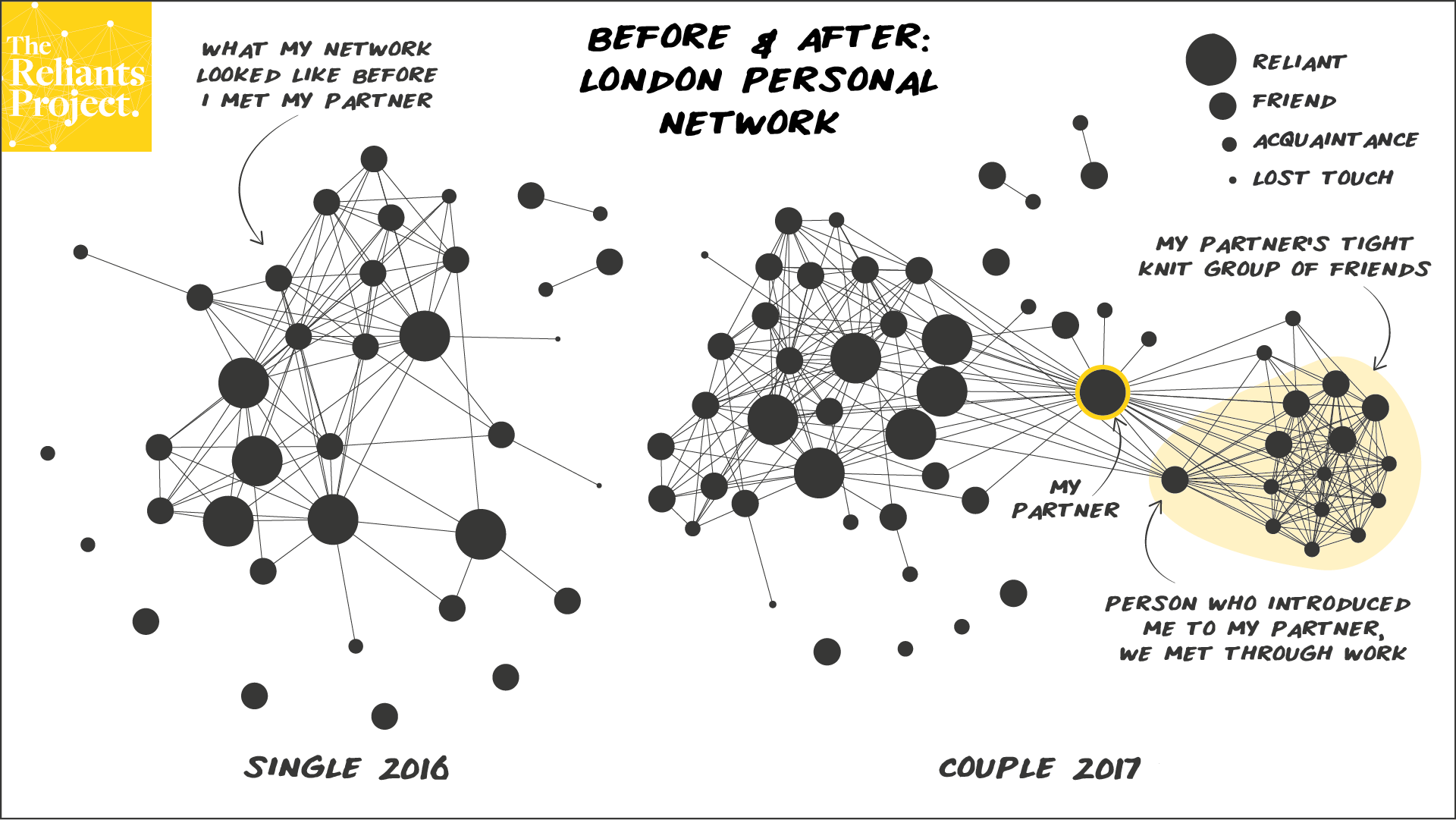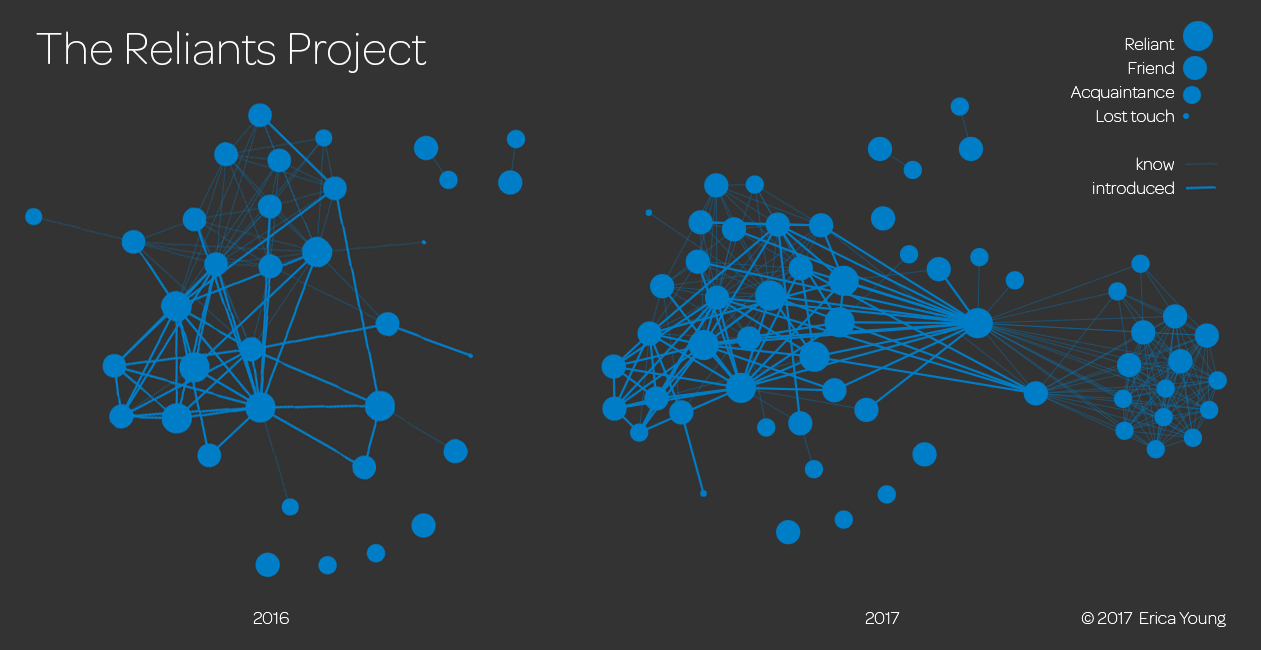If you’ve met me, you’ve probably heard me say “change is the only constant” more than a few times. It’s been incredible to reflect on how much friendships evolve as an adult. Initially, I focused on building a community in London. Now I’ve decided to shift focus to 3 areas inspired by that exploratory research:
- Capturing my entire personal network to better understand how my friendships change over time
- Identifying how significant life events impact those friendships (e.g. moving, marriage, parenthood, divorce, career shifts)
- Understanding how do new people I meet transition over time between stranger, acquaintance, friend and reliant (and even losing touch)
My entire personal network. Unsurprisingly, the list of people was just over 150 (Dunbar’s number). Among them, 10% are reliants (including family), 60% friends, 20% acquaintances, and 10% are people I’ve lost touch with. Most acquaintances were added only if they introduced me to someone who became either a friend or reliant at some point, as it was very hard to look back over 15 years and accurately capture this group of people. I met 45% through introductions, 30% at public events or ‘in-between’ places, 10% at private events, and 15% through school or work.
Significant life events change my friend groups. This visual captures 2 international moves (Massachusetts to Hong Kong in 2008, Hong Kong to London in 2015), my divorce (2010), and 4 career shifts. It is colour coded by location and the circle sizes represent the strength of the relationship.
I was surprised to see how ‘compartmentalised’ my social groups were during my married years.
After my divorce many years ago, my friends shifted from ‘compartmentalised’ groups to ‘samplers’, with mostly one-to-one friendships. I suspected that pairing up and splitting up can have a significant impact on someone’s personal network, especially if the way they typically spend time with friends is different from their partner (one tight-knit group vs. a diverse set of one-to-one friendships). Little did I know that I would soon have the opportunity to actually test this theory!
In 2017 I met my partner in London. The biggest change after meeting him is the cluster of new friends on the far right. That central circle is my new partner and the cluster to the right is the portion of his London friends that he has introduced me to. He is a ‘tight-knitter’, where most of his local friends have all known each other for a long time. You can also see the introductions I’ve made between my friends and my new partner. Over time, I anticipate that the two clusters on either side of my partner will be linked together through our introductions. Whether those introductions form lasting bonds will impact how this evolves.
Transition to reliants. My reliants include family members I’ve known since birth, others I’ve built relationships with spanning 25+ years, as well as people I’ve gotten to know within the last year. I met an equal number through direct introductions and public events and there are even two that I met serendipitously. They are overwhelmingly male, but very diverse in terms of nationality and ethnicity. Their ages span from mid-twenties to retired, though the majority are 25-44. Almost all of them have moved internationally and have lived in the same city as me at some point, though there are a couple of exceptions. Roughly half of them are married and/or have children however, few had reached this life stage when I met them. Beyond family (2 people), two pairs have relationships with each other that pre-date me. My reliants have been incredibly important to me at various stages of my life.
Even so, there has been a 66% turnover in my reliants over the last 15 years.
Reliants are evenly distributed among locations. Another thing that struck me after creating the visual above is the consistency of number of reliants each year (11-15) and the even distribution of reliants between locations (4-7). Unsurprisingly, this closely reflects the Dunbar “rule of three“. It’s as if my brain makes space for a certain number of very close relationships and adjusts as life events and stage changes occur.




